The Valtiberina, an enchanting region between Tuscany and Umbria, nestled along the banks of the Tiber River, reveals itself as a jewel of history and culture, with its museums serving as custodians of the memories that weave the past and present of this fascinating land. The museums of the Valtiberina are like open windows to a past that continues to speak. Through their collections, one unravels the history of ancient medieval villages, of the people who lived in this territory, and of the artists who created some masterpieces of extraordinary relevance (one need only think of the works of Piero della Francesca, a true genius loci of this territory). Canvases by Renaissance masters, sacred art objects and evidence of ancient traditions dot this land, and the museums of the Valtiberina serve as a thread that binds the generations together, celebrating not only the greatness of art, but also the diversity of cultural expressions that characterize this region. Visitors are invited to explore the cultural fabric that makes the Valtiberina unique, with an eye toward the present and the future: educational programs, workshops and engaging initiatives make the museums of the Valtiberina living, evolving places, stimulating creativity and inviting reflection on the connections between historical roots and the contemporary. But what are the must-see museums in the Tuscan Valtiberina? We suggest ten, here they are!
It could be said that the Museum of the Battle and Anghiari has two faces: the first is dedicated to commemorating and studying one of the most significant historical episodes related to the town of Anghiari, namely the Battle of Anghiari, the military clash that took place on June 29, 1440 between Florentine troops and Milanese forces, which Leonardo da Vinci was supposed to have frescoed on one of the halls of Palazzo Vecchio. The second is the town’s history: the institute is in fact also the Anghiari Civic Museum. The museum, established in 2000, is housed in the Palazzo del Marzocco and aims to preserve, enhance and promote the cultural heritage of the Valtiberina town. The part on the Battle of Anghiari houses evidence related to the clash: documents, reconstructions (there is also a large model with the deployments), firearms of the time, and prints documenting the graphic fortunes of the Battle of Anghiari. The part dedicated to Anghiari, on the other hand, preserves objects and works of art related to the town: archaeological finds, ceramics, and works of art such as the rich collection of engravings by Albrecht Dürer and Pacem in Terris by Emilio Isgrò, a masterpiece created by the great Sicilian artist to commemorate Leonardo da Vinci. The Museum of the Battle of Anghiari plays a fundamental role in the local community, helping to preserve and transmit the history of Anghiari and the Valtiberina. Its presence is particularly significant for those who wish to understand local history and the importance of events such as the Battle of Anghiari in the broader context of 15th-century Italian events.
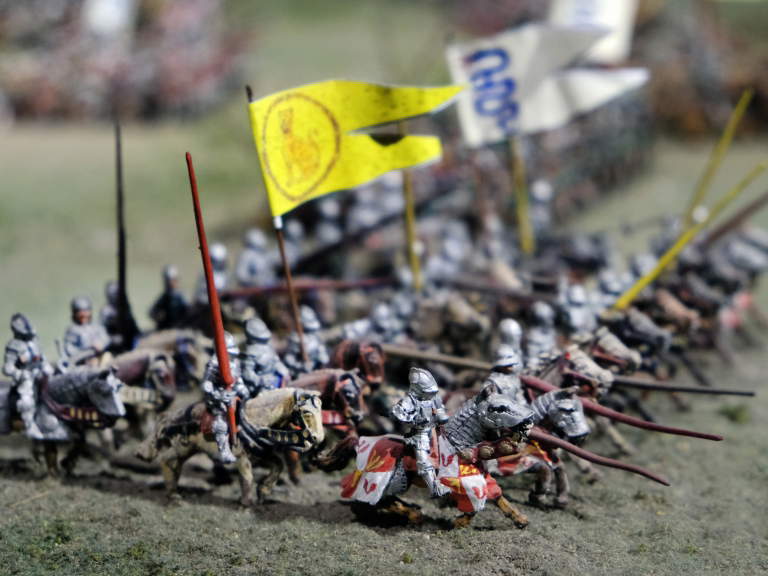
Directly across the street from the Museum of the Battle and Anghiari, in Piazza Mameli, the heart of the village, is the Palazzo Taglieschi Museum, housed in a Renaissance palace, the result of the union of several medieval tower-houses, once owned by the Taglieschi family, one of the most powerful in ancient Anghiari, and now by the state. The institute boasts a rich collection of artwork, furniture, historical artifacts and archaeological finds. These objects offer an in-depth look at the daily life, traditions and artistic production that characterized Anghiari and the Valtiberina throughout time. Among the exhibits are paintings, sculptures and artistic artifacts ranging from the medieval to the Renaissance period. The pieces on display in the halls of the palace testify to the important cultural role Anghiari played over the centuries and the wealth of art produced there: there is a masterpiece by Jacopo della Quercia, the Madonna in polychrome wood, considered somewhat of a symbol of the museum, and then the Nativity from the workshop of Andrea della Robbia, the positive table organ from the first half of the 16th century, paintings by the most illustrious exponents of seventeenth-century Tuscany such as Jacopo Vignali, Matteo Rosselli, and Giovanni Antonio Sogliani. There is also a rich collection of votive offerings (the “Madonnine agghindate,” statuettes of the Madonna adorned with lace) and glory cards testifying to the strong popular devotion that has always characterized the Valtiberina.

This institute aims to bear witness to the important role played by the Confraternity of Mercy in the local community of Anghiari and in the Valtiberina in general. The Misericordia Museum in Anghiari offers visitors an in-depth look at the philanthropic and social activities of the confraternity, as well as providing an interesting window into the history and culture of the region. It is housed in the Badia building, and consists of three rooms, including the Monumental Hall, where remains of 15th-century frescoes can still be seen. The Confraternity of Mercy of Anghiari has ancient roots, since its activity is documented as far back as 1564 (at that time it was called the “Company of the Holy Spirit”). Founded for the purpose of carrying out charitable and welfare activities, the Misericordia played an essential role in supporting the community in times of need, assisting the sick, the poor and those in difficult situations. On display are memorabilia documenting the activities of the Confraternity, including ancient “bettiga wagons,” ancestors of today’s ambulances, as well as historical documents, manuscripts, relics, and clothing.
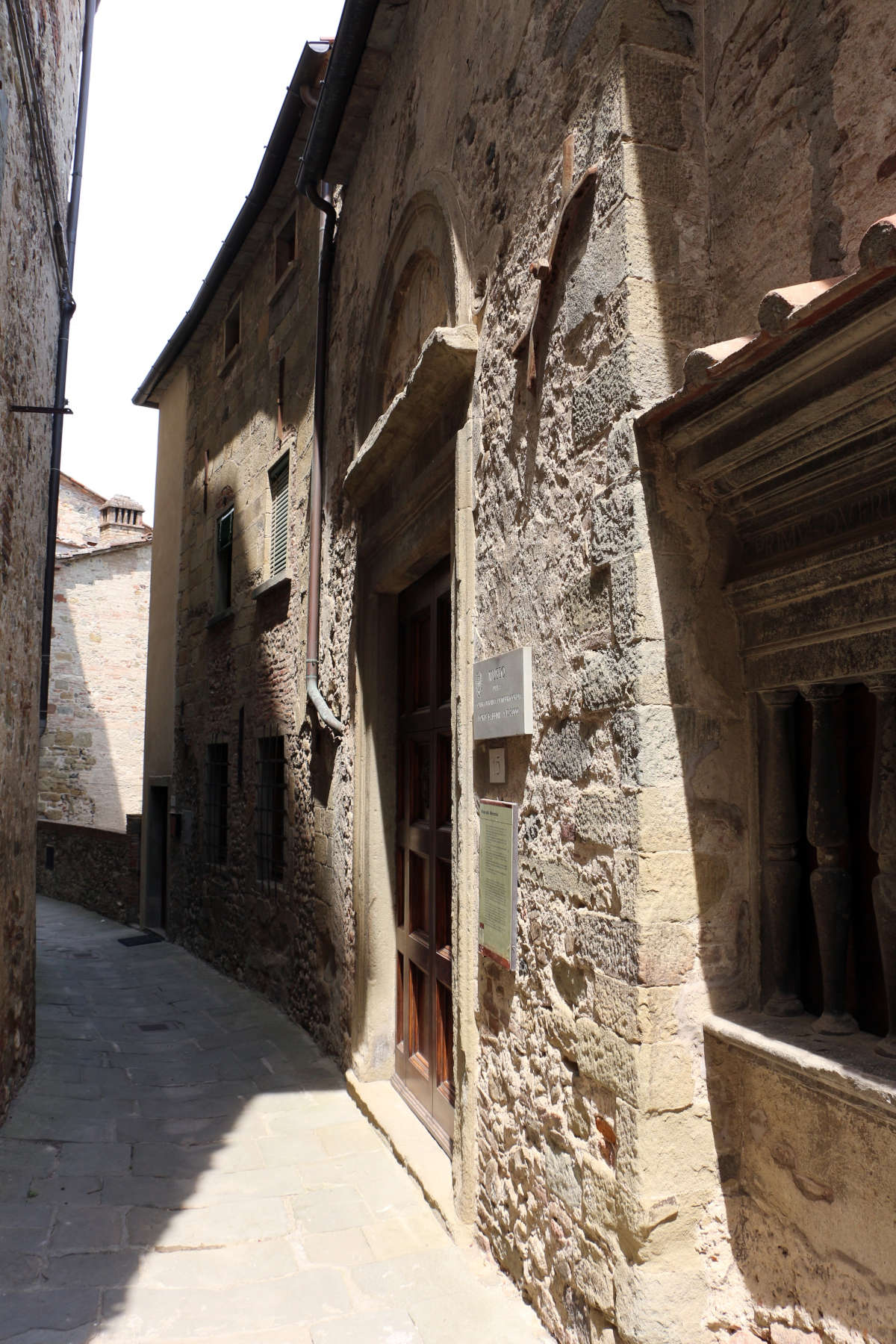
The Madonna del Parto, a masterpiece by Piero della Francesca painted between 1455 and 1465, is located in this institution, the Museo Civico della Madonna del Parto, which is housed in the old school of Monterchi, specially renovated to become the home of the precious detached fresco, which has been kept here since 1992, the year of the fifth centenary of the painter’s death. The Museum of the Madonna del Parto is entirely dedicated to this work, offering visitors the opportunity to explore the historical, artistic and religious context surrounding the painting. Through careful panels and multimedia materials (including an immersive room that tells the story of Monterchi), the museum provides an in-depth perspective on the creation and history of the fresco. Also part of the Monterchi Civic Museums is the unique Museum of Scales, which displays a collection of scales from various historical periods: an interesting journey between art history and everyday life, offering visitors a unique opportunity to explore a lesser-known but fascinating aspect of the material history of the Valtiberina.
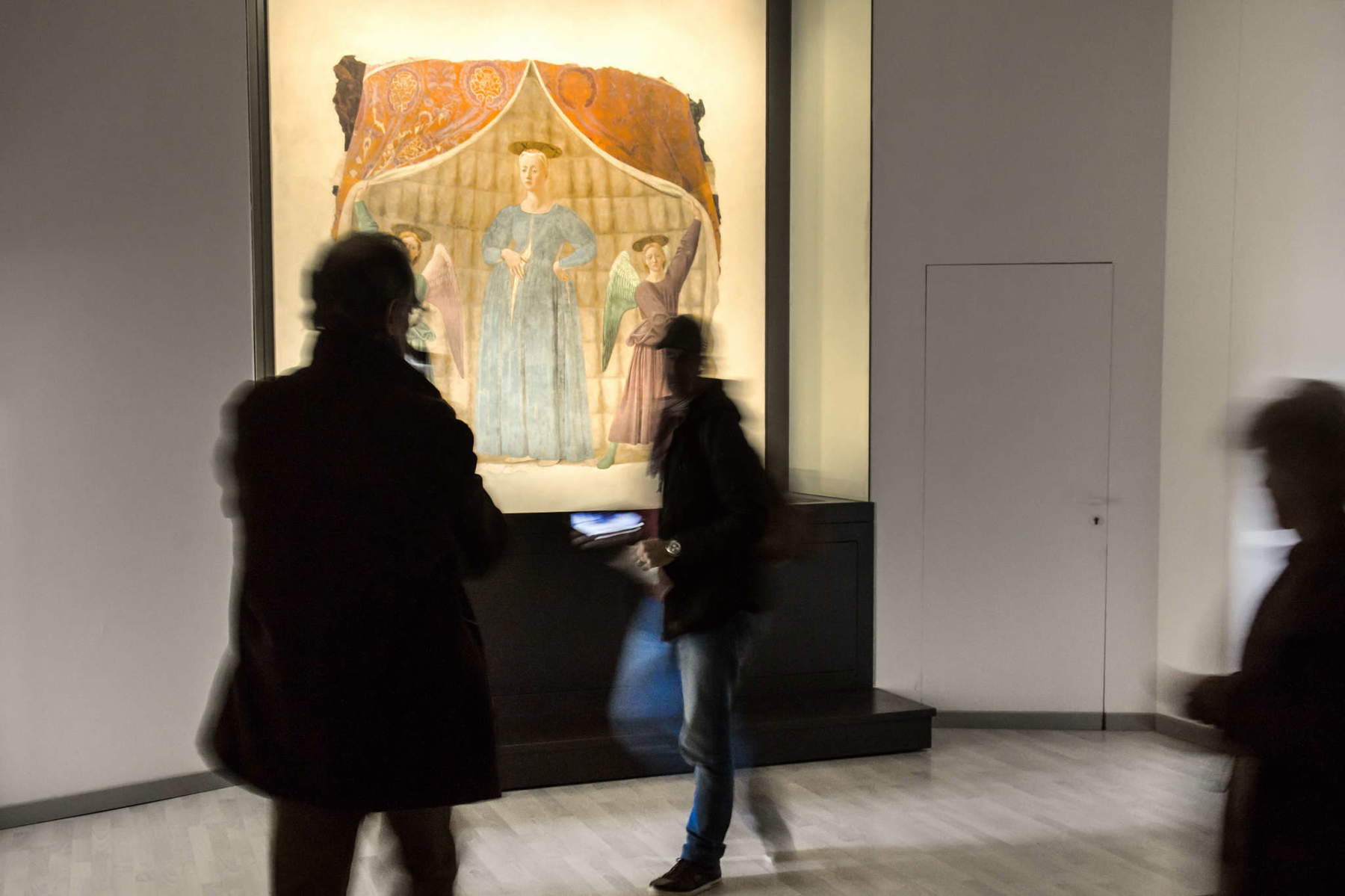
Michelangelo Buonarroti was born on March 6, 1475, in Caprese, in the mountains of the Valtiberina. The house in which he was born is none other than the old Palazzo del Podestà: Michelangelo’s father, Ludovico Buonarroti, a member of a decayed noble Florentine family, was in fact holding the position of podestà of Caprese at the time his son was born. Michelangelo Buonarroti’s Birthplace Museum actually consists of three buildings: the Palazzo del Podestà, or the place where the artist was born, Palazzo Clusini and the Corte Alta, all part of the ancient castle of Caprese and enclosed within its walls. The museum houses a multifaceted collection: the Palazzo del Podestà allows a journey into medieval Tuscany, since the rooms evoke those times, despite heavy restoration in the 19th century. The room in which Michelangelo was born also houses a 15th-century triptych, a Madonna with Saints by Giuliano Amidei, with a singular history linked to that of Michelangelo. The Corte Alta, meanwhile, houses plaster casts of Michelangelo’s masterpieces and a relevant collection of 19th- and 20th-century sculpture, with works by artists such as Antonio Canova, Medardo Rosso, Adriano Cecioni, Vincenzo Gemito, Umberto Boccioni, Emilio Greco, Pericle Fazzini and others. Finally, Palazzo Clusini houses the museum’s ticket office and bookshop, as well as rooms for events and temporary exhibitions. A visit to Michelangelo’s Birthplace offers a unique opportunity to better understand the origins and environment in which Michelangelo spent his early years. The modest home bears witness to the humble origins of one of history’s most brilliant artists and offers an opportunity to reflect on his extraordinary rise in the art world.

The Civic Museum of Sansepolcro, opened in 1975, is one of the most important museums in the province of Arezzo: it is located in the center of the picturesque town of Sansepolcro and is famous for its collection of works of art, in particular for being the home of some of the masterpieces of Piero della Francesca, who was born in Sansepolcro. The Museo Civico is housed in a historic building, which has medieval origins but has been transformed over the centuries: the core is the Palazzo della Residenza, also known as the Palazzo dei Conservatori del Popolo, the seat of the city’s executive power until 1371, the year in which Sansepolcro (then Borgo San Sepolcro) came under the rule of the Malatesta family. Between the 14th and 15th centuries the building was transformed to become the representative seat of the Malatesta family in the city and was thus enlarged to incorporate Monte Pio, one of the first Italian pawnshops. The palace underwent further modifications in 1456, when the Sala dei Conservatori was renovated: this is the period when the palace took on its present form. Prominent among the works on display are the two great masterpieces by Piero della Francesca, the Madonna of Mercy and the Resurrection, which are flanked by the San Ludovico and the San Giuliano. The Civic Museum of Sansepolcro then houses a variety of works of art spanning different historical periods: there are, for example, the Polyptych of San Giovanni in Val d’Afra, which once housed Piero della Francesca’s Baptism of Christ (now at the National Gallery), a significant nucleus of works by Santi di Tito, Pontormo’s San Quintino, and then works by Andrea della Robbia, Matteo di Giovanni, Raffaellino del Colle, and a section with detached frescoes and sinopias from local churches, all of which tell the story of the culture of a city rich in art.
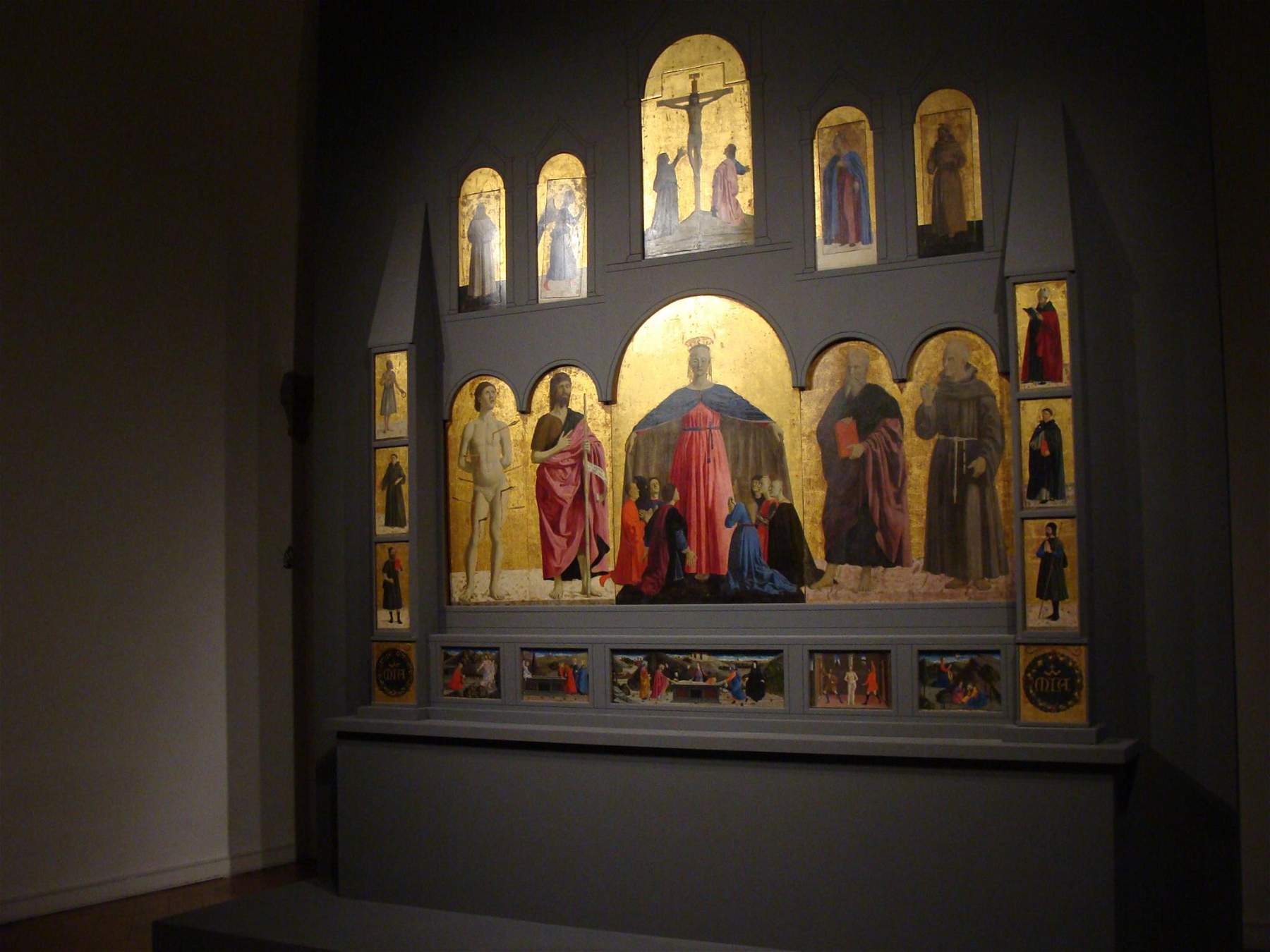
Aboca is a well-known company specializing in the production of herbal medicinal products, based in Sansepolcro. TheAboca Museum, located in the center of Sansepolcro, is a facility that stands out for its dedication to the history of herbal medicine and the culture of medicinal plants. The museum is part of the Aboca complex, an Italian company. The Aboca Museum aims to spread the knowledge and culture of medicinal herbs by exploring their history, traditional uses and contemporary applications. The museum’s mission is to promote a healthy lifestyle by highlighting the relationship between nature and health. The institute offers an engaging museum experience, articulated through several thematic sections. Exhibits include information on the history of herbal medicine, methods of cultivation of medicinal herbs, and extraction techniques used over the centuries. Sections include the pathway on the relationship between man and plants, with ancient herbaria, books on pharmaceutical botany, mortars, ceramics, and glassware; the Aboca Experience, an interactive pathway that tells the story and values of the company through multimedia installations; the Antiqua Library, which collects texts on the history of medicinal herbs (including an original copy of the herbarium Plantae Selectae, an important 18th-century volume on exotic flowers); and the Escape Aboca Museum, an escape room that also adds a playful moment.
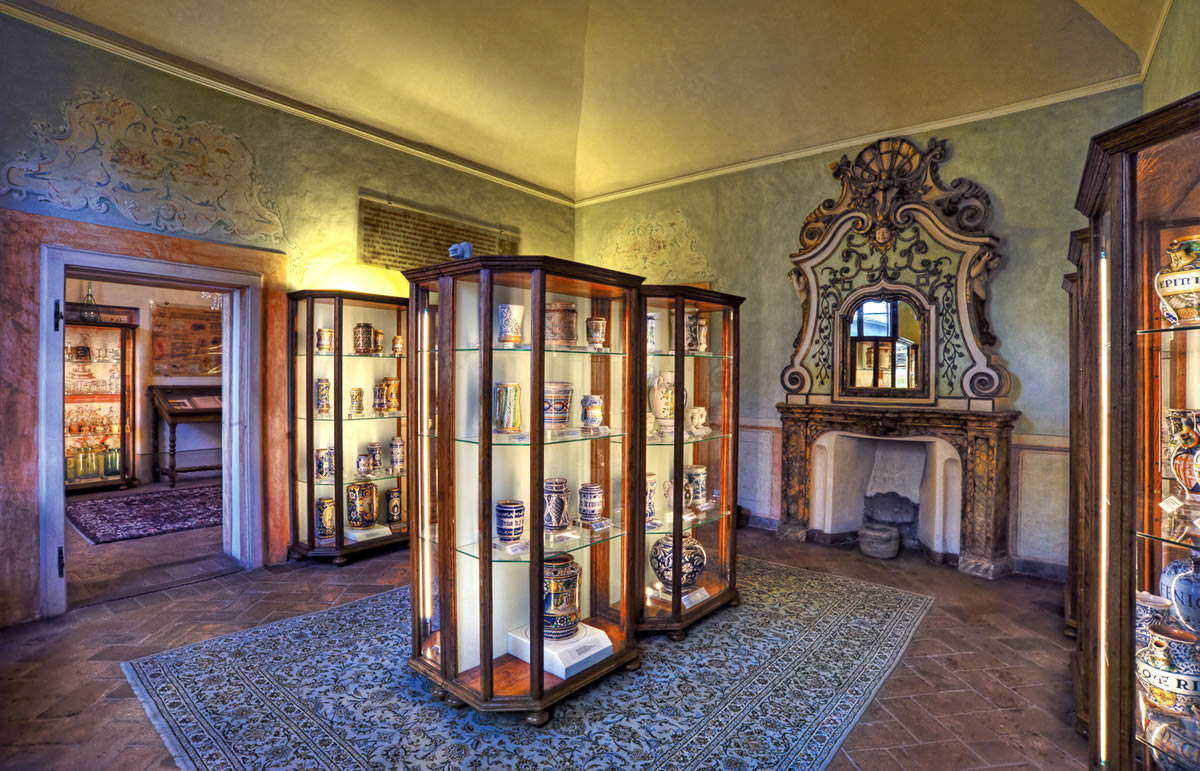
The House of Piero della Francesca is one of the most significant places related to the life and work of the great Renaissance painter. Piero della Francesca was born in 1412 in Sansepolcro, and his birthplace, although it does not retain its original appearance, is a building steeped in history. Suffice it to say that until the early twentieth century it housed one of the artist’s most famous works, the fresco depicting Hercules, which was later detached and purchased in 1908 by the U.S. collector Isabella Stewart Gardner (in fact, today it is preserved at the Isabella Stewart Gardner Museum in Boston). The building, in whose design the artist may also have participated, was purchased by the state in 1975, and later restored by the Superintendence of Arezzo: today it is home to the Piero della Francesca Foundation. Today it houses an itinerary made up of multimedia installations that introduce the public to the art and innovations introduced by Piero della Francesca. There is also no shortage of temporary exhibitions aimed at spreading knowledge about this great artist. The Foundation also has a rich Library containing numerous publications dedicated to Piero della Francesca.
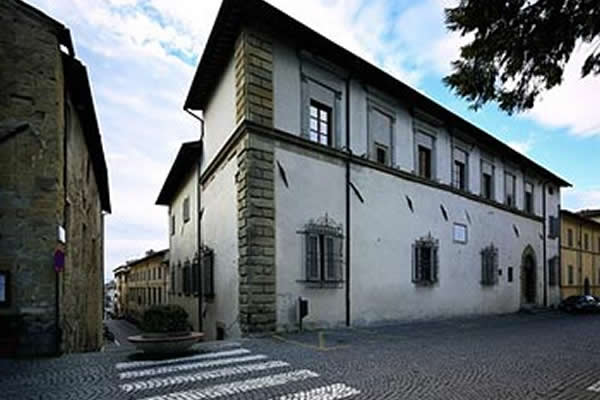
Established in 2013 and located in the center of Pieve Santo Stefano, it preserves thousands of autobiographies, diaries (Pieve Santo Stefano is also known as the “city of the diary”), letters, private documents, and material from the National Diary Archive. The Archives consists of about 10,000 documents, a selection of which, those considered most significant or most evocative, became part of the Small Diary Museum. The establishment of this museum stems from the idea that giving space to private memoirs and personal stories means telling, more generally, the universal history of our country, which, the museum explains, “here finds its purest, everyday, frank and honest identity.” Among the most relevant works are the “Sheet of Clelia Marchi,” on which the owner, Clelia Marchi, a farmer from the Mantua area, wrote her autobiography after the death of her husband, and then Vincenzo Rabito’s “Terra Matta,” a singular autobiography of this semi-illiterate writer (published posthumously, in 2007, by Einaudi), the room of digital drawers that, when opened, reveal some texts with multimedia apparatus.

Located in the municipality of Badia Tedalda, across the Alpe della Luna. Established in 2014, the Museum of the Alta Valmarecchia Tuscany was set up to preserve the artistic and cultural evidence of the territory of the Alta Valmarecchia, a portion of Tuscany that lies a short distance from the border with Romagna. Inside is preserved a nucleus with archaeological, mineralogical and fossil finds, a lapidary with materials mostly from the ancient church of San Michele Arcangelo (among the most important a festoon that adorned the church’s portal and a rare lunette with a bust of the Madonna, called “Lombard” for the taste of the depiction, but actually dating in all probability to the 12th century), and then a path on the 20th century with a detailed focus on the Gothic line, which passed right through these parts. The Museum also houses the Visitor Center of the Alpe della Luna Nature Reserve, the main reference point for learning about all the specificities of this splendid natural park.
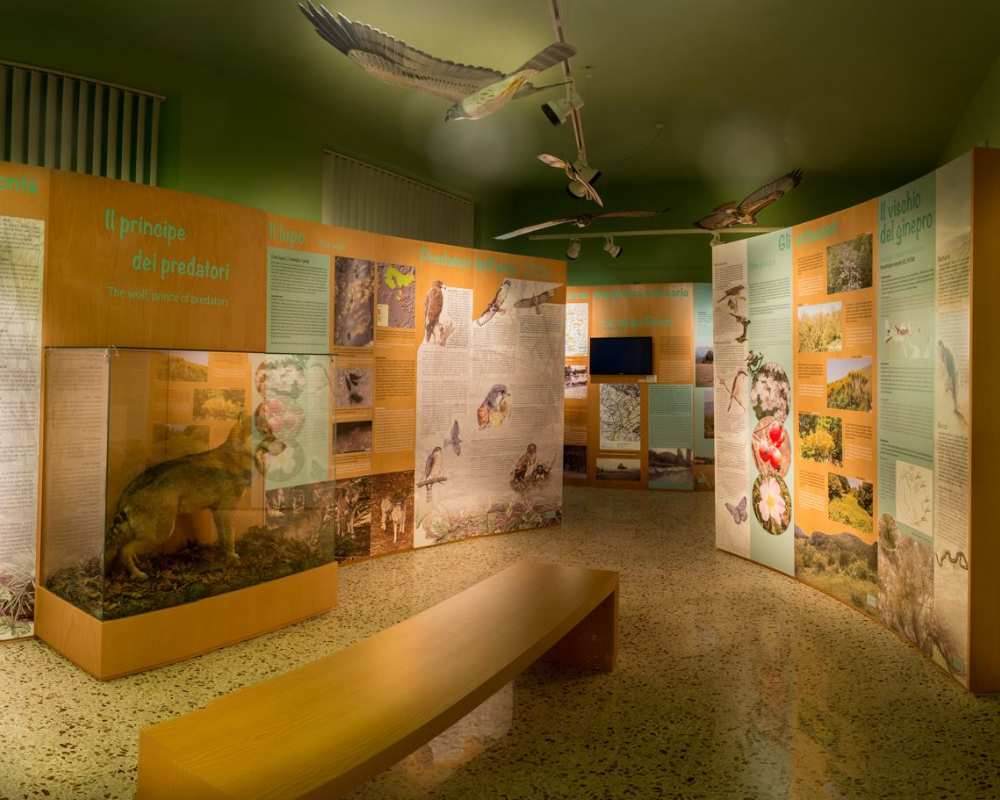
 |
| Museums in Valtiberina, which ones to see: the 10 not to be missed |
Warning: the translation into English of the original Italian article was created using automatic tools. We undertake to review all articles, but we do not guarantee the total absence of inaccuracies in the translation due to the program. You can find the original by clicking on the ITA button. If you find any mistake,please contact us.